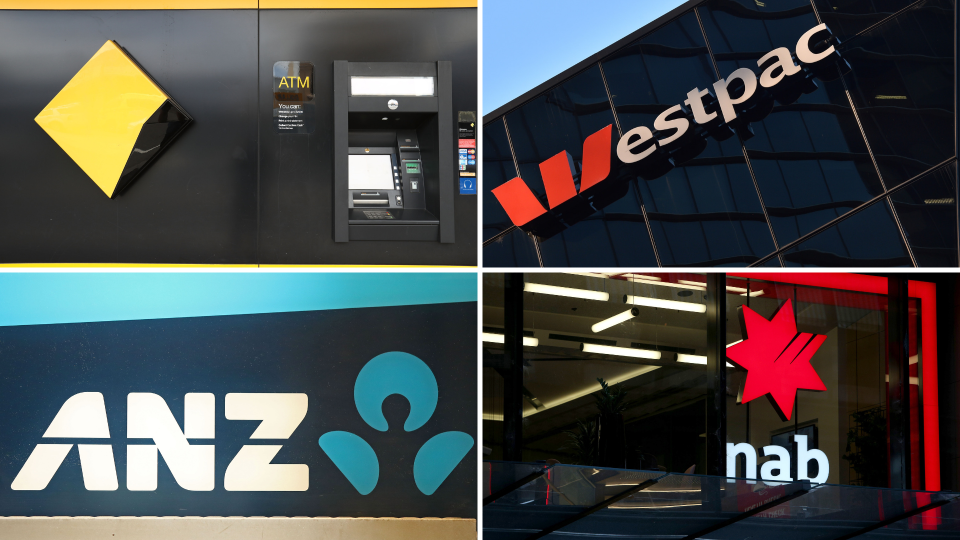Aussie borrowers have been overcharged $850 by their banks: Here’s how they did it

The Australian mortgage market is too unclear and customers are paying the price, the Australian Consumer and Competition Commission has found in a damning review of the four major banks and Macquarie Bank.
Borrowers looking for a better rate have to put in an unreasonable effort to find information and better prices.
“Pricing for mortgages is opaque and the big four banks have a lot of discretion. The banks profit from this and it is against their interests to make pricing transparent,” ACCC Chair Rod Sims said.
“Borrowers may not be aware they can negotiate with their lender on price, both before and, particularly, after they have established their mortgage.”
And it’s costing us hundreds.
An existing borrower with an average mortgage could initially save up to $850 in interest a year if they were paying the same rate as a new borrower.
Many borrowers would save much more.
Sims said borrowers should push their banks for a better rate and threaten to switch to another lender if they’re not receptive.
Banks use regulatory moves as scapegoat for rate hikes, costing Aussies an additional $1,300
In March 2017, the banking regulator APRA directed the banks to limit the number of new interest-only loans they wrote as they were considered a more risky type of lending.
However, the banks took this as an opportunity to synchronise increases to variable interest rates for this loan type, the ACCC also found.
The banks all took the opportunity to increase rates on both new and existing interest-only mortgages, despite APRA’s measures only applying to new lending – ANZ was the first to move, with CommBank, NAB, Westpac and Macquarie all moving within the following month.
The ACCC estimates the banks made gains of a whopping $1.1 billion over the 2018 financial year thanks to the synchronised repricing.
And the price we pay?
The average owner-occupier interest-only customer paying a variable rate would have been hit with an additional $1,300 in interest thanks to the repricing.
Make your money work with Yahoo Finance’s daily newsletter. Sign up here and stay on top of the latest money, news and tech news.
Now read: Here’s what property investors will be doing in 2019
Now read: Here’s why $302 billion of mortgages are at risk
Now read: This tax break is set to replace negative gearing in 2019

 Yahoo Finance
Yahoo Finance 
